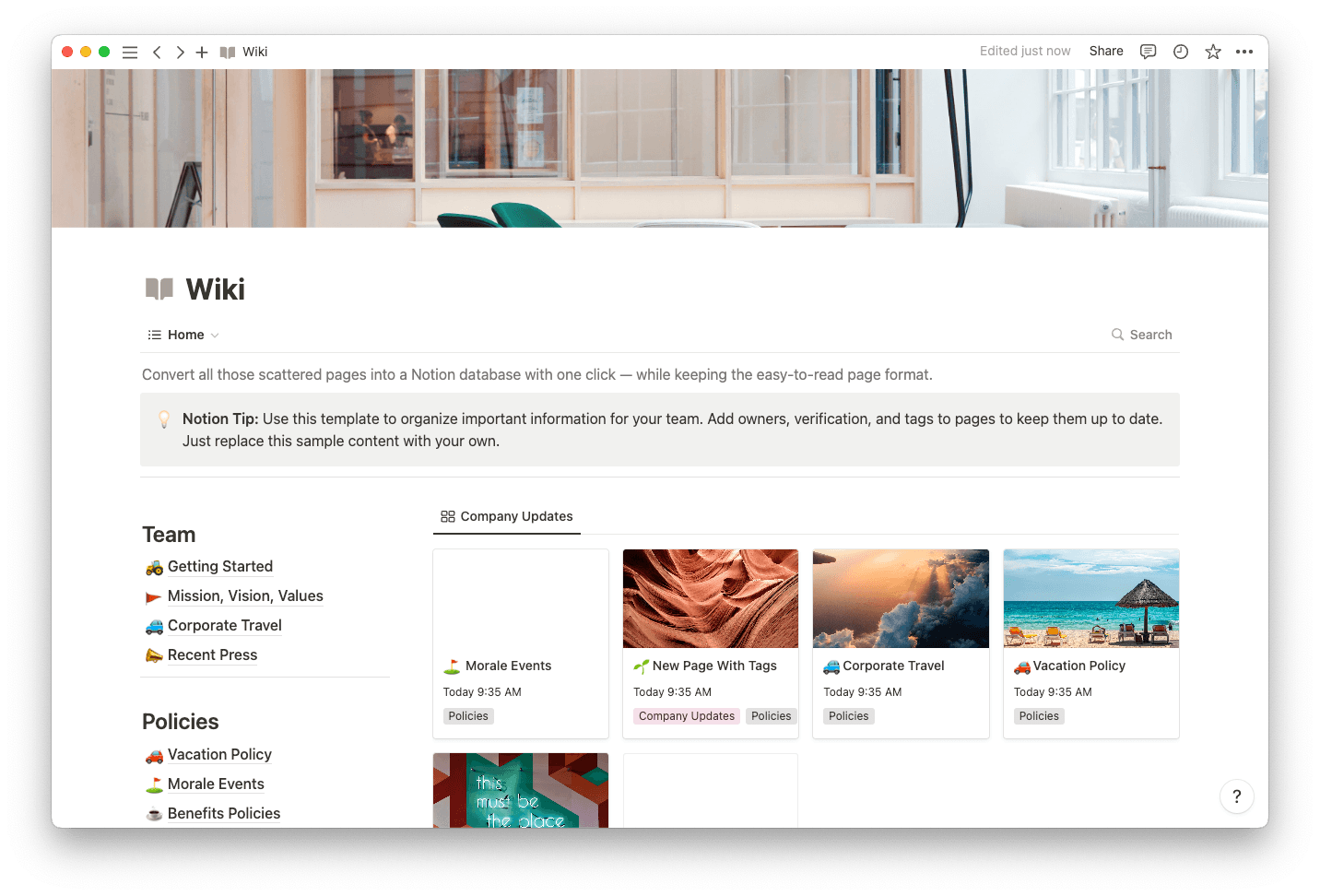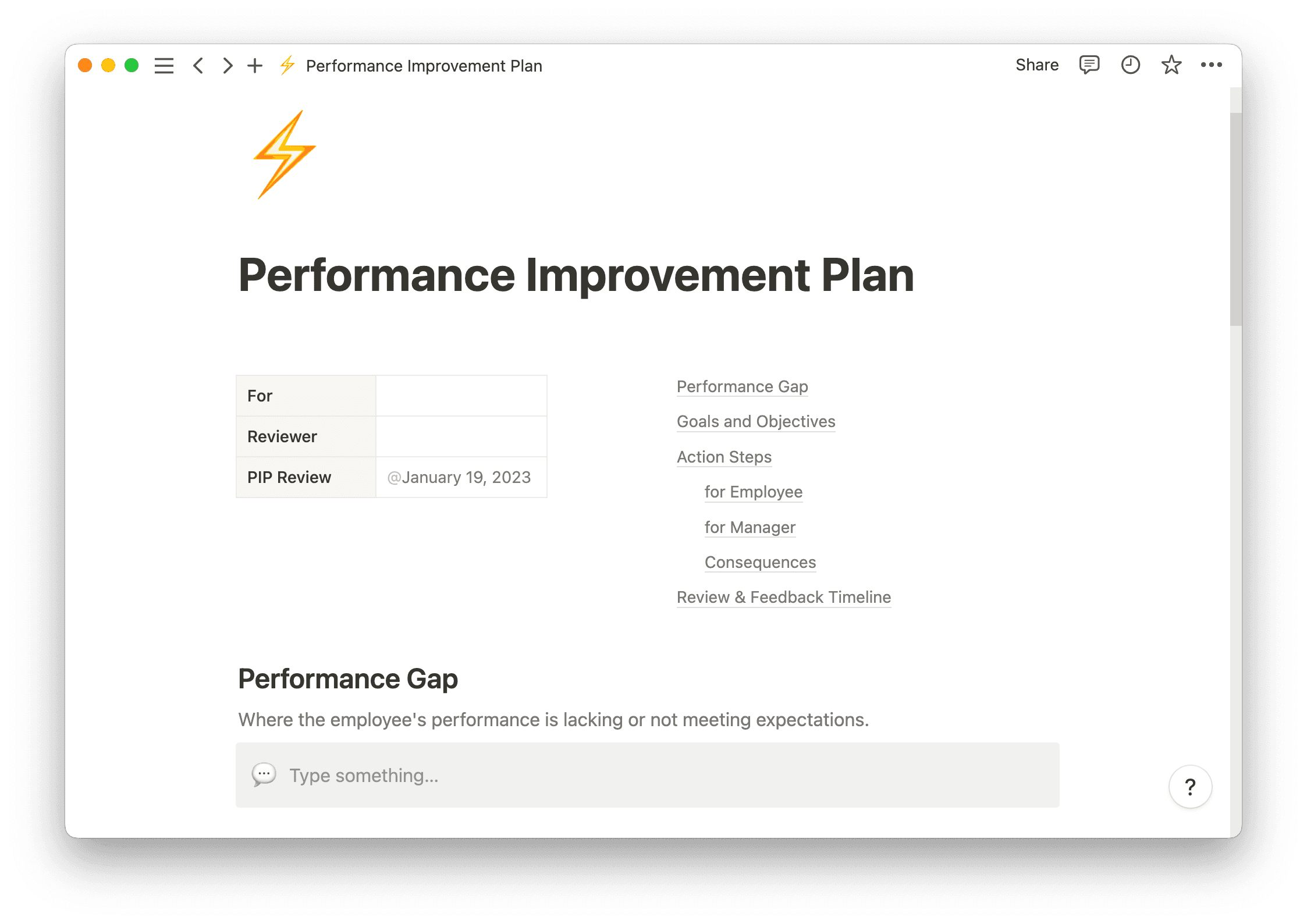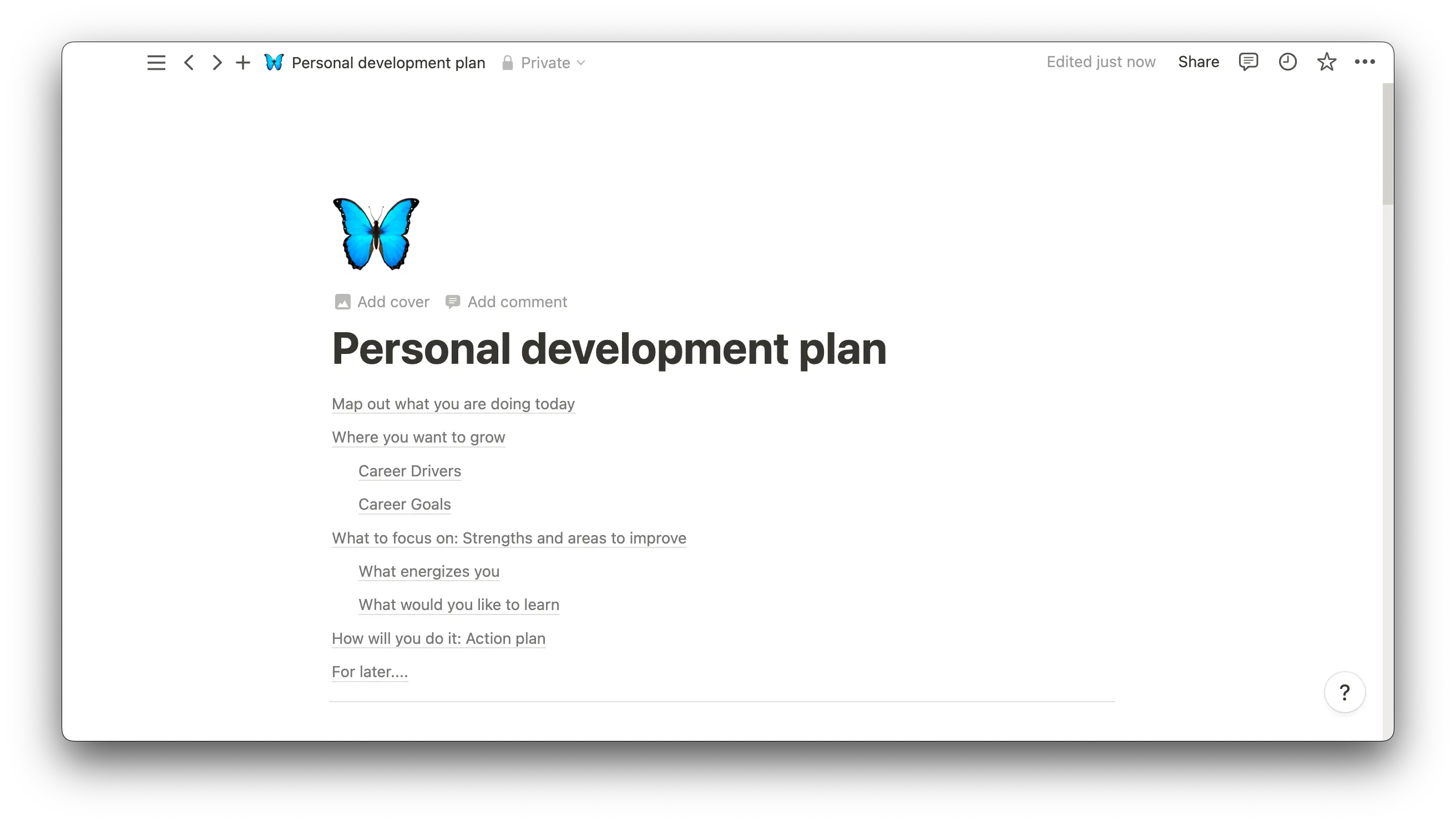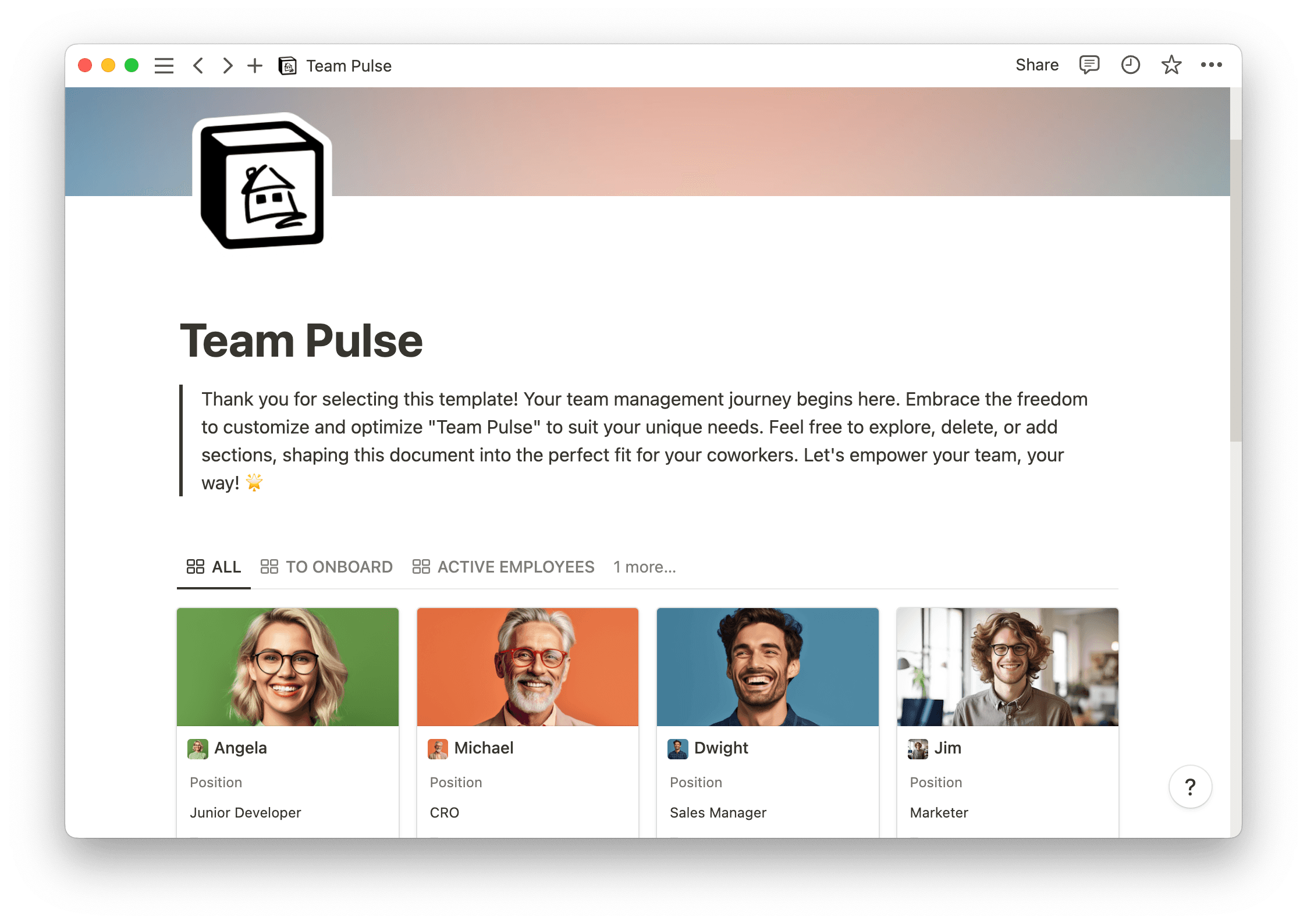You can’t get by without communication.
And the workplace is a prime example of how effective correspondence helps you and the people around you thrive. You need productive, thoughtful communication to work as a team, complete objectives, and provide updates on task progress. Whether it be a casual conversation or a critical discussion about a project, how you interact determines how you achieve an outcome.
Everyone has a different communication style, and not all are welcome in the workplace. That’s why you should identify yours and learn how to interact with team members for the best environment possible.
What’s a communication style?
A communication style is how someone conveys information and interacts with the people around them. This includes spoken, written, and even non-verbal correspondence, and the style you use might differ depending on the context and the person you’re speaking to.
There are five main communication styles, though most people use different ones in different situations:
Assertive communication
Passive communication
Aggressive communication
Passive-aggressive communication
Manipulative communication
Why are communication styles important?
Understanding different communication styles — and how to spot them — can improve how well you present information, empathize with others, and even resolve conflict. Here’s why they’re so vital to know:
Prevent misunderstandings — when someone doesn't understand or use your communication style, you might both feel confused. Knowing how you both prefer to connect can bridge the gap and clarify misunderstandings before they happen.
Get your point across faster — when you know how someone absorbs information, you’ll get on their level and navigate conversations more easily.
Solve conflict — approaching conflict from someone else’s perspective can help you solve it with their communication style in mind, supporting everyone to reach a solution faster.
Build relationships — you connect with people on a deeper level when you feel like they understand you, and vice versa.
Motivate others — when you adjust your communication style to fit others’ needs, you’ll engage, inspire, or motivate them more easily.
5 types of communication styles
Everyone has a different background and perceives behaviors differently, which means you might have to adapt your style on different teams. The first step to doing so is knowing what the different ones are and how to spot them.
Here are the five types, with examples of communication styles:
1. Assertive communication
An assertive communicator isn’t aggressive. They get their point across without belittling others or coming off too strong. These people are confident and open to respectful dialogue, keeping everyone’s feelings in mind while still being able to convey their needs, ideas, and emotions. The key to assertive correspondence is a balance between listening and talking.
2. Passive communication
Passive communicators don’t often share their wants, needs, or opinions, focusing on others’ needs rather than their own. You can also expect someone with this style to avoid conflict as much as possible. If you gave them constructive criticism, they would accept it instead of explaining themselves, asking questions, or disagreeing.
3. Aggressive communication
Someone who uses an aggressive communication style tends to care little about the opinions of others and wants you to hear theirs at all costs. Regardless of whether they’re right or not, they assume their opinion is the right way to go. They might interrupt, belittle, or steamroll others, especially in meetings when other people try to disagree with them.
4. Passive-aggressive communication
A passive-aggressive communicator relies on sarcasm, body language, or subtle insults to convey their negative feelings. This person might even give you silent treatment if you upset them. You might think of them as agreeable, but it’s only because they avoid direct conflict and voice their distaste in other ways.
5. Manipulative communication
Someone who uses a manipulative communication style will rely on deceit to influence people. This type of person won't outright share their opinion — instead, they’ll hide their real meaning behind false actions. They might use guilt to sway decisions or talk badly behind your back despite being nice to your face.
How to improve your communication style in the workplace
When it comes to interacting and connecting with the people around you, there’s always room for improvement. Maybe you’re an assertive communicator but use aggressive tactics when you’re upset. Or maybe you’re passive and want to work on speaking up for yourself. If you think you or someone on your team could benefit from a little growth, here are some tips:
1. Practice active listening
Communication isn't only about how well deliver your message. It’s also about how you listen. When you’re talking to someone, give them your full attention, avoid interruption, and reply with kindness — even when you don’t agree with what you’re saying. People are more likely to provide you with the same attention if they feel like you hear and understand them.
2. Show respect and empathy
Approach conversations from a place of respect and empathy. Even if you disagree with your colleague's point, you can still be mindful while voicing your disagreement. And if you do adopt a negative communication style when you don’t mean to, apologize. A workplace environment might not have the same emotional context as a heart-to-heart with a friend, but that doesn’t mean you can’t consider everyone’s feelings.
3. Focus on being concise
Effective communication minimizes misunderstanding, and that means being as clear and concise as possible. Practice getting your point across with as few words as you can. This helps you become a more assertive communicator and avoid loaded phrasing that veers into passive, aggressive, or even manipulative territory.
The perfect tool for effective communication
Nobody’s a perfect communicator. But working on your skills gives you the chance to build a better team and help everyone else interact better, too.
If you need to start a conversation about something specific, like a big project or initiative, try a communication plan template. It has space for key objectives, relevant channels, and messages, so when you meet with your team you know exactly what to say.

And for hard conversations — whether they’re about performance, requests to management, or even personal conflict — the communication preparation template can help. It gives you space to explain what you want from the conversation, what factors to keep in mind, and potential alternatives. There’s also a section for the person you’re talking to to plug in their thoughts.

Streamline communication with Notion
Great communication is about more than just talking and typing. It requires planning, and Notion’s connected workspace is the place to start. Create a roadmap toward your goals, practice Lean communication, and manage workloads with ease. Notion gives you a platform that does it all.







